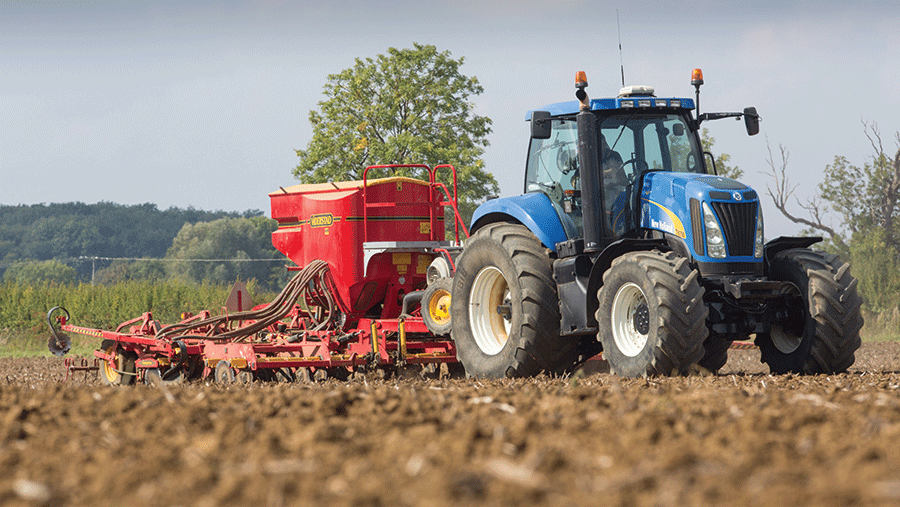How growers will benefit from AHDB’s new variety tool
 © Tim Scrivener
© Tim Scrivener The new AHDB Recommended List online tool provides growers with an interactive way to sift through the many varieties and identify the most suitable cultivars for their farm.
Picking which variety to drill next autumn may seem time consuming with the AHDB winter wheat Recommended List alone containing 35 varieties, each one including a host of figures to compare covering yield, grain quality, disease and agronomy.
However, this is set to become easier, as the online tool enables growers to select varieties which meet their individual criteria, such as protein content, and make comparisons of specific disease resistance and lodging ratings, while investigating regional performance and yield consistency.
The tool is presently available for winter wheat and spring barley, with plans to add further crops this June, with winter barley, winter oats and winter oilseed rape.
See also: Alerts a vital tool in pest and disease control this spring
Agronomic merit
AHDB research data analyst Bastiaan Brak says the tool enables growers to extract and analyse data easily, allowing them to make informed decisions based on the varieties’ yield and genetic performance.
At the heart of the tool is a new agronomic merit feature, which calculates the genetic potential of varieties for their different disease and lodging resistances.
“Growers and agronomists are moving away from choosing varieties solely based on yield performance and are now considering the wider genetic package of the crop, and this is where agricultural merit comes in,” he says.
The feature works by allocating a ‘weighting’ importance to disease resistance and standing ability factors, where the variety’s overall agronomic score is calculated and displayed on a graph against yield.
“For example, septoria is very important so it has a weighting of 10, which is then multiplied by the variety’s resistance rating to work out the agronomic merit.
“The higher the resistance ratings of a variety, the higher the agricultural merit and the further the varieties shift to the right of the graph,” explains Dr Brak.
Growers can also manipulate how the agronomic merit is calculated by selecting the relative importance of specific criteria and looking at traits individually or as a combination.
“Brown rust is not particularly important in the North, but is very important in the East, so users can increase its importance, which alters the calculation and the position of the variety on the graph,” he says.
Yield performance
Dr Brak also reveals how a variety’s response to fungicides can be compared using the “treatment benefit” option which looks at both treated and untreated trial data.
Information on a variety’s yield consistency, across different seasons and regions is also accessible, which he explains is something many growers will rate highly when selecting varieties.
The tool can be found on the on the AHDB’s website.
Case Study: Colin Chappell, Gander Farm
Lincolnshire beef and arable farmer Colin Chappell is one grower who hopes to use the AHDB’s new online tool to effectively narrow down variety choice, so he can select the best one for his farm.
Mr Chappell grows Group 3 varieties, selecting those with high yields, excellent standing ability and good ratings for yellow rust and septoria, which are particularly prominent diseases at the 615ha Gander farm, near Brigg.
He says the Recommended List is a go-to source for information on his farm, but can prove difficult and time-consuming to use and analyse.
“Using the new interactive tool enables you to narrow your choice down and get the results you want in a much quicker and more efficient way than manually trying to work out where you want to be using paperwork. I found the variety Firefly fitted my specific criteria within minutes,” he says.

